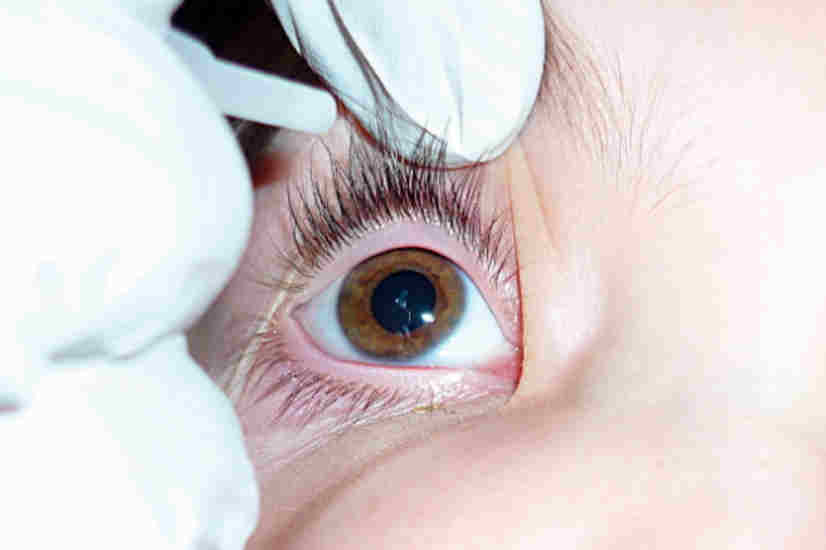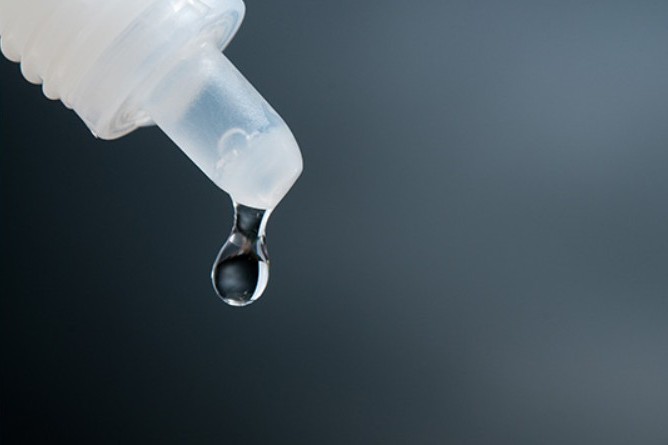Bioelectricity boosts tear film
University of Michigan researchers have discovered that a boost of electrical activity in the eye’s mucous membranes may lead to new treatments for dry eye.
Dr Donald Puro studied the bioelectrical responses of goblet cells in the mucous membranes that line the eyelids. Goblet cells release a protein called mucin, the basis of mucous, which slows down the evaporation of tears and helps maintain the tear film’s balance. In a rat model of dry eye, Dr Puro found electrical activity in the goblet cells increases as hyperosmolarity rises in the tear film, which in turn allows the cells to produce more mucin. However, if the salt-to-water ratio of the tear film remains unbalanced in the long-term, the goblet cells’ electrical activity returns to normal levels without producing additional mucin.
“Continued progress in elucidating the bioelectric mechanisms by which the ocular surface responds to dryness [and] hyperosmolarity should provide novel strategies for ameliorating [improving] the uncomfortable sight-impairing condition of dry eye,” he said.
Ed’s note: Interested in dry eye? See our September issue and our website in September for our special dry eye feature for all the latest on dry eye from this side of the world.


























